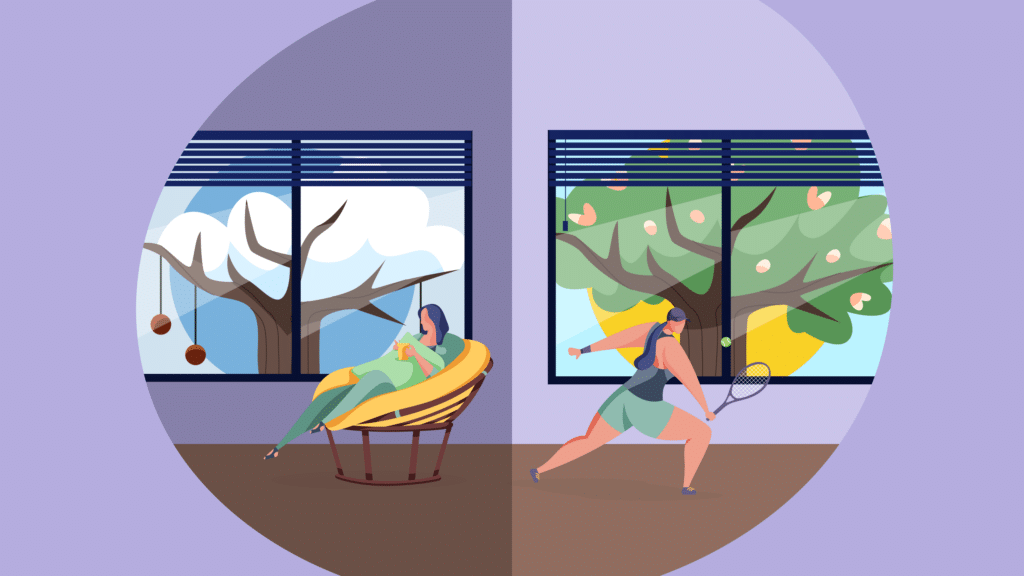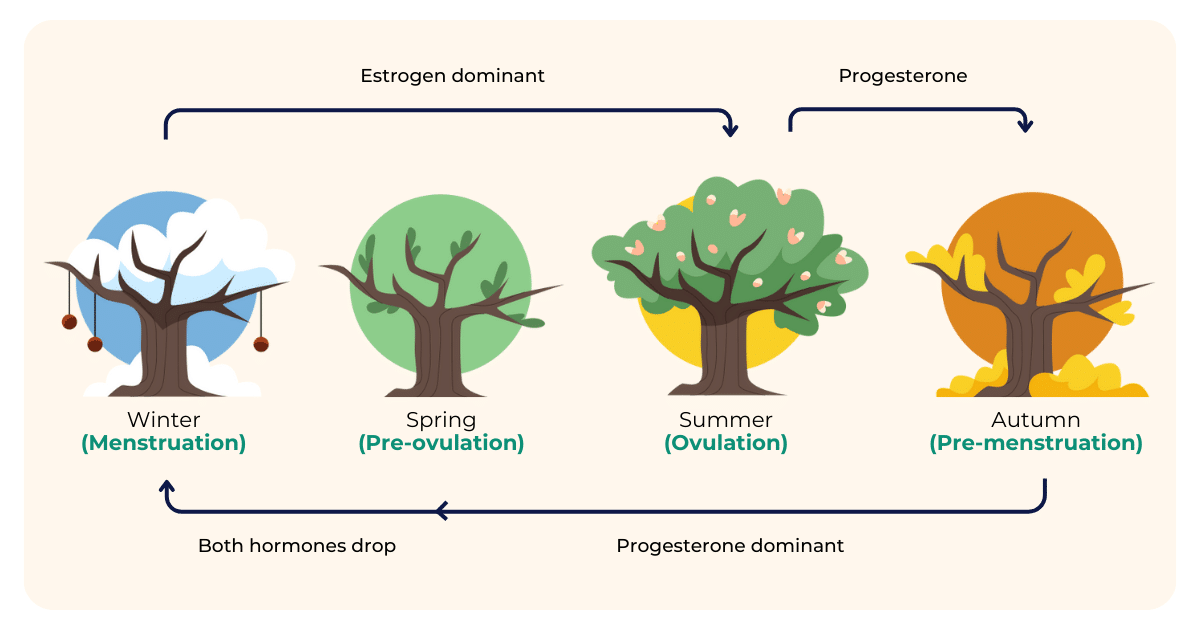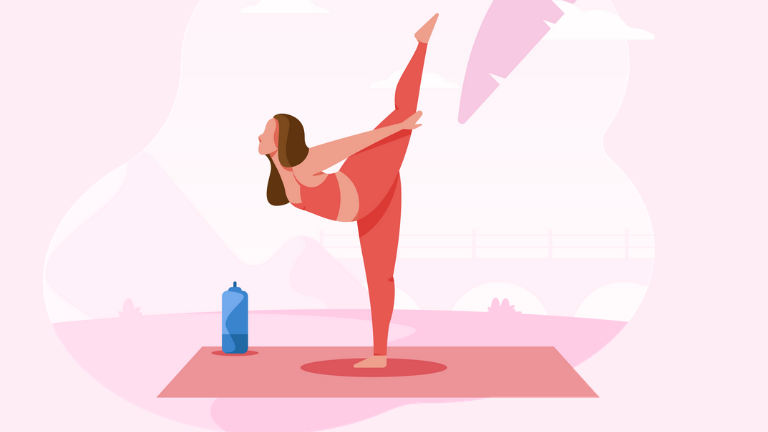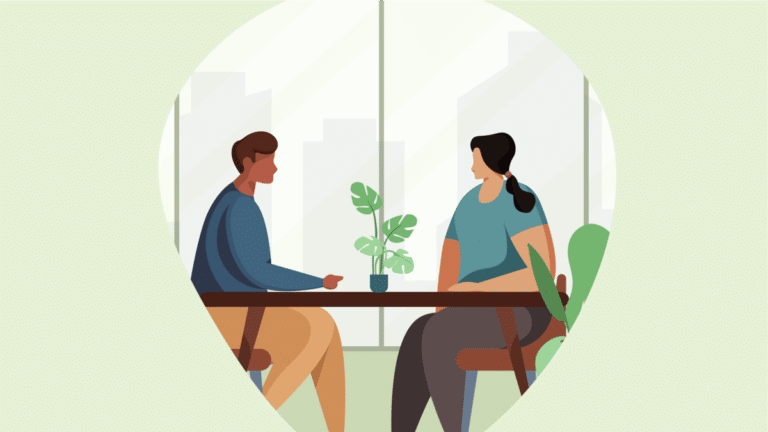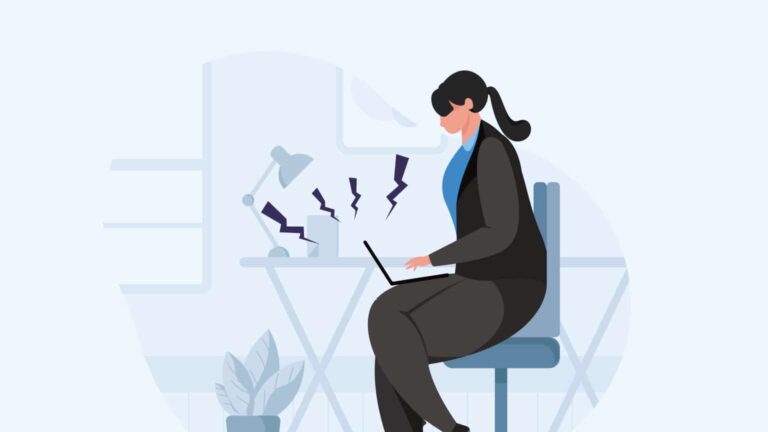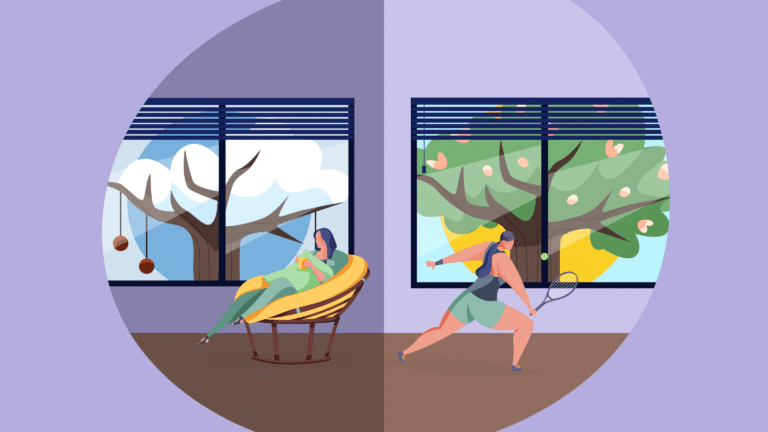The importance of understanding the menstrual cycle
The ebb and flow of hormones wields a profound influence on both emotional well-being and physiological functions. “These hormones affect many bodily functions, ranging from reproductive organs to the brain, heart, skin, thyroid, and even hair. Furthermore, they impact various aspects, including digestion, pain tolerance, creativity, and energy levels,” emphasises Rianne Toenhake, a lifestyle expert at OpenUp and a medical doctor.
So when you know more about your cycle, you can take better care of yourself and your health. In English, this is defined as body literacy. In other words, it means understanding what your body tells you and applying this information to your life.
Understanding your menstrual cycle provides insights into both your body and emotions. It’s not about being defined by your cycle, but recognising that its hormonal fluctuations can significantly influence your energy levels, mood, and mental well-being. Increased awareness of these influences fosters resilience, encourages self-compassion, and facilitates finding optimal timings for various activities.
How does a menstrual cycle work, and when are which hormones in action? We will dive into that below:
• The cycle in 2 phases
• The cycles in 4 phases
The phases of the menstrual cycle (and the hormones at work)
For most individuals, a cycle lasts between 26 and 34 days. You can divide this period in two ways: into two phases or four phases.
The cycle in two phases 🎢
Rianne: “Imagine walking up a mountain and, after a nice descent, slowly descending again into the valley. It’s a nice metaphor to illustrate how you can divide the cycle into two phases.”
• Up the mountain: the period until ovulation (the follicular phase)
• Down the mountain: the period until the first day of menstruation (the luteal phase)
These two phases are mainly determined by two hormones: follicle-stimulating hormone (FSH) and luteinising hormone (LH). Your hormones are released by a gland just below the brain: the pituitary gland.
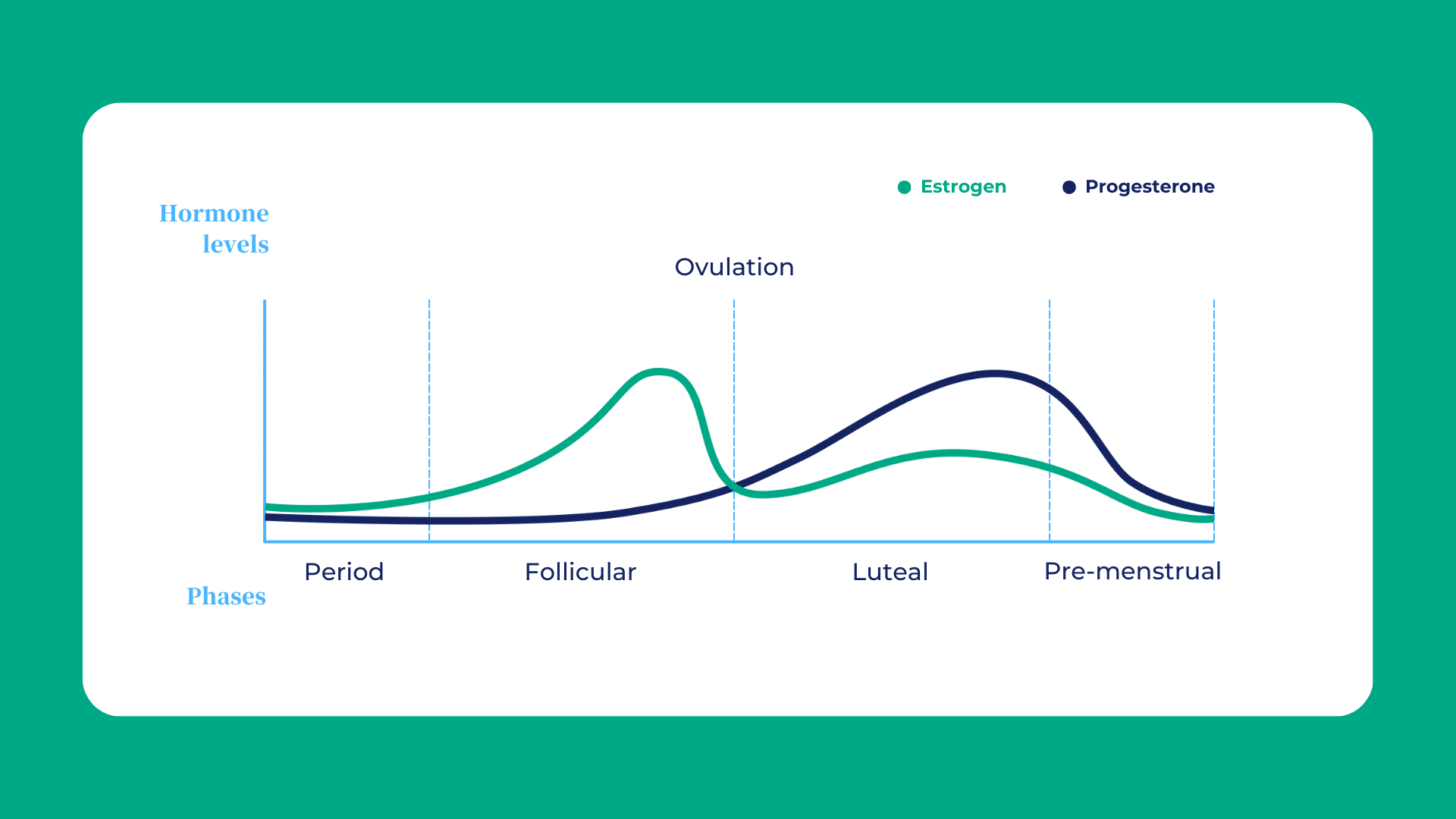
Stage 1. The follicular phase (± day 1 to 13)
The follicular phase starts on the first day of menstruation and ends on the day of ovulation. During this phase, the pituitary gland produces the follicle-stimulating hormone, allowing five to 20 eggs to mature in your ovaries.
The maturing eggs produce the hormone estrogen. One of these eggs becomes dominant and is released at ovulation. The other eggs shrink and are reabsorbed by the body.
To support the maturation of the ‘dominant’ egg, your body produces additional oestrogen. This leads to the thickening of the uterine wall, creating a soft and nourishing environment for a potentially fertilised egg. Increased vaginal discharge is common during this phase of your cycle, facilitating an easier passage for potential sperm from your vagina to your uterus.
